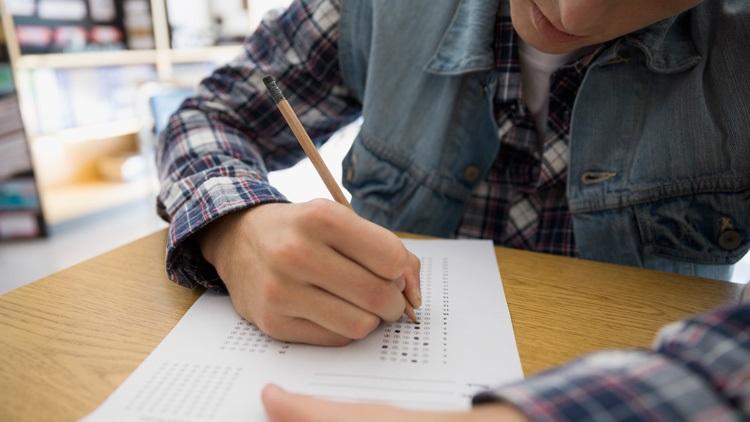Four ways to improve exam technique

Poor exam technique can leave even the brightest students with disappointing results – last year’s mock exams provided resounding proof of this.
I’d put a lot of effort into making sure that my students really understood the content. Their work in class had been excellent, and questioning revealed that they really knew what they were talking about.
Then they sat their mock exams and the results were mediocre at best.
The problem was that they hadn't finely honed their exam technique. They ran out of time on questions, failed to elaborate on points or misunderstood command words.
Why exam technique matters
So after the mocks we ditched our usual revision sessions and replaced them with sessions looking just at exam technique. It had a big impact: these students went on to achieve some outstanding results.
In order to teach students good exam technique, it is vitally important that we, as teachers, fully understand the requirements of the exam paper. In the past, I have found it very beneficial to spend time as a department answering exam questions. The exam feedback sessions offered by the exam boards are also often invaluable.
As for the lessons themselves, focusing on exam technique can be dull. With a little bit of planning, though, the following sessions can be very engaging and highly effective. Here are four ways to tackle it.
1. Get them to think like an examiner
When I am marking exam papers, I’ll keep a pad of paper at my side and scribble down common mistakes as I come across them. I then combine these into an example of a terrible answer and hand it to students to tear apart and cover in annotation, explaining why it is so poor.
I rarely see such glee in my classroom as I do when they are picking apart someone else's mistakes; often mixed with a groan as they recognise something they have written themselves.
I do the same with answers that are good but not quite perfect and let the class have the chance to improve on them.
You need them to think like an examiner. The very best answers I come across I photocopy, annotate and display for all to see.
2. Demonstrate the model answer
I'll put an exam question up on the board and then set about answering it myself in front of the class. The key thing here is to explain your process as you go. There needs to be a lot of “I'm doing this because…”. Once finished, go through your answer against the mark scheme and then give them a similar question to answer.
3. Focus on timing
One common problem which pupils face in an exam is timing. You can address this issue when demonstrating the model answer. “I'm going to stop here because…” “I don't need to rewrite the question here because…”.
Ask students to imagine that ink is the most precious resource in the world. Ask them to write an answer to a question that would get full marks but using the fewest possible words. Make it into a competition.
4. Practice makes permanent
If students prepare for exams by completing a huge number of past papers but continue to make the same sort of errors, they will repeat these errors in their exam. One important part of teaching exam technique is redrafting.
Keep handing an answer back until all mistakes are corrected and they can show that they know how to write the best possible answer. Encourage them to use the mark scheme when redrafting their work.
This is an edited version of an article by Mark Enser, head of geography at Heathfield Community College


